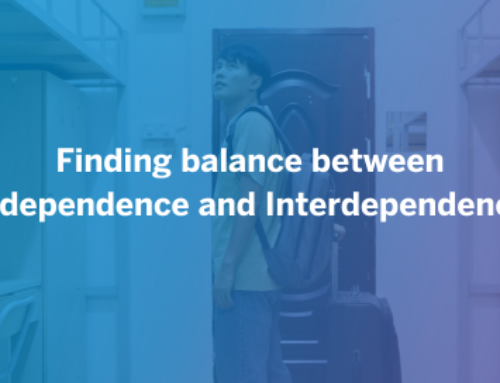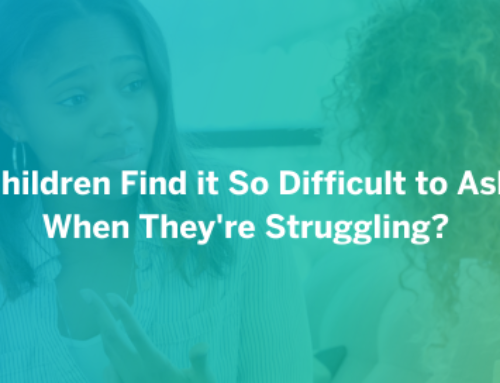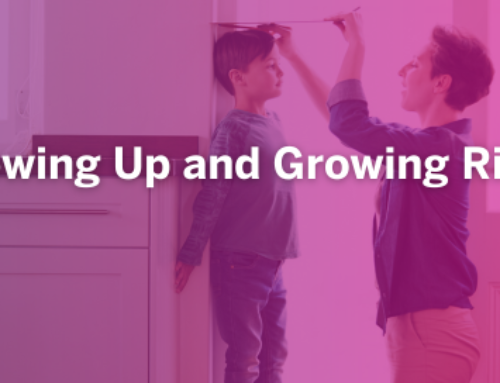
During our drug-trends presentations, students are asked to answer a series of risk-assessment survey questions. Risk assessment and substance use disapproval is measured by questions such as “How easy is it to quit vaping”, “how dangerous is it to start smoking weed,” or “how risky is it to try the drinking once.” The answers to these questions reveal students’ beliefs about drugs, as well as their reaction to scientific information and research. Survey results from both our presentations and national questionnaires demonstrate that our students are being consistently misled and misinformed. Towards the end of our presentations, we often see an increase in youth perception of risk for each drug we discuss. While this is a promising trend, it also reveals a consistent lack of effort to properly inform children.
While one may look fondly upon our culture’s concerted effort to destigmatize drug use and challenge stereotypes, it is important to recognize the risks of full-sale tolerance. These risks become apparent when youth approval for substance use is surveyed. If children are becoming steadily less wary of the dangers of drug use, the drastic upward trends in substance abuse disorder, adolescent admissions to treatment centers, and overdoses comes as no surprise.
So what do the numbers tell us? National surveys reveal that adolescence disapproval for certain drugs has dropped substantially in the last 30 years. Changes in youth perception of cannabis is particularly acute. In 1992, 70% of seniors in High School reported that they strongly disapproved of using cannabis once or twice; 80% disapproved of occasional use, and 90% disapproved of regular use. By 2021, rates of disapproval had dropped dramatically: 31% disapproved of using cannabis once or twice, 39% disapproved of occasional use, and 58% disapproved of regular use. These findings are concerning. Nearly half of our High School seniors find continuous use of cannabis acceptable.
What is most remarkable in looking at these numbers is that research, whether longitudinal, experimental, or naturalistic, has revealed that cannabis is far more dangerous than we anticipated in 1992. For starters, half of adolescent admission to treatment facilities is for cannabis use. Longitudinal data for individuals who enter treatment during their teen years – a steadily rising percentage of teenagers – reveals concerning and harrowing outcomes. This is only the tip of the iceberg. There is a steady flow of research that has been demonstrating long term impairments in learning and memory with potential loss of IQ for regular cannabis users – an outcome that increases in severity when use begins in adolescence. Additional research has debunked the idea of cannabis being the ‘non-addictive’ drug, revealing withdrawal symptoms such as dysphoria, irritability, anxiety, and insomnia for daily users who try to stop smoking.
The shifts in youth perception of drugs has influenced approval for many other substances in addition to cannabis. In the last 30 years, disapproval for recreational use of LSD has dropped by 20%, while disapproval for daily use of both alcohol and amphetamines has dropped 10%. While there are many possible causes of these drastic shifts in risk perception, one obvious factor is the stream of information being presented to children. When we make the choice to de-stigmatize substance abuse, and shift from using scare tactics and telling children to ‘just say no,’ did we replace this with any sort of updated method for educating our youth?
If not, then it is no wonder children are beginning to think drugs aren’t so bad. Something we see consistently at LSIS is that whether or not we make an effort to prevent addiction, there exists a substantial effort to promote drug use to children. The conversation about substances is happening as early as elementary school – whether we like it or not. It is happening in conversations with older children, with Tik Tok, with popular music, and so much more. There is a concerted, complex effort to convince youth that drugs are harmless. What can we do about this?
One answer is scientific and experiential education. I am not so naive as to believe that a series of LSIS presentations and my prevention speech will fully reverse youth perception of substance abuse risk. However, anonymous notes sent to me, and survey responses to our presentations offer a promising direction. Before our substance specific presentations, students are given multiple questionnaires about the risk of drug use. Their answers mirror national survey findings: a large quantity of children think that cannabis isn’t risky, vaping is easy to stop, and that trying many drugs “once or twice” incurs little to no risk to the individual.
Our response to this is to give students a run down of the science of substance abuse and addiction: What does cannabis actually do to the dopamine system in your brain? What is dopamine? How does spiking dopamine levels affect the developing brain? What does the data show about outcomes for individuals who begin smoking before graduating High School? As I discussed in my last blog, research has revealed that this interactive, educational method is far more effective than using scare tactics. The post-presentation survey responses and anonymous feedback we receive begin to reveal why this is.
Many schools send anonymous written letters from students to our office directed to me after my speeches. The most common message I receive is students who mention a particular aspect of drug use and its dangers that they had never considered. Most of these letters come from students who say that they were relatively opposed to drug use, but they had never considered many of the aspects I discussed. I am well aware that these educational moments are not occurring because I am delivering absolutely groundbreaking presentations; they occur because these students have absolutely no idea what drug use entails.
A similar trend arises in their questionnaire responses. The most common shift comes from students whose pre-presentation rating of drugs is ‘moderately dangerous.’ These students frequently anonymously report that their image of drugs has shifted, and a large quantity of them answer that these drugs are nearly impossible to quit and highly dangerous to try once or twice. These students, many of them older High Schoolers, have never heard of the physiological reward system, neurotransmitters such as dopamine, or the notion of tolerance. Seldom have we spoken at a school without seeing this shift in responses from unsure students.
I am certain that this is only the beginning. One semester of presentations will not solve the whole problem, but maybe it can indicate to the educational community that students respond to interactive scientific discussions of drugs. What would happen if the educational curriculum included literature and research about the physiological and cultural effect of drugs? Could this make a dent in the problem? Our results suggest that it could. I have hundreds of letters from students suggesting that legitimately and openly discussing the impacts of addiction had a profound impact on them. It is our job to continue this conversation. If we don’t, Tik Tok, their older classmates, will gladly take on the role of misguided educator for us.
By: Danny Z
Danny is a in house LSIS Prevention Speaker.








Leave A Comment